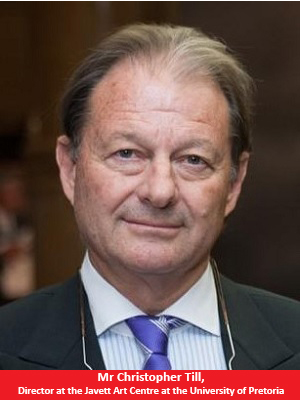Interview with Christopher Till: Director of the Javett-UP
The arrival of the novel coronavirus has not only affected human life, but businesses as well in South Africa and globally.
With countries implementing lockdowns to effect social distancing in order to slow the rate of infections, businesses have found themselves affected negatively and some will find it hard to survive the current lockdown. The art business has not been spared either. Depending largely on foot traffic, art businesses such as art galleries, theatres, art fairs, art auctions, concerts and arts festivals have been significantly affected.
However with its capacity for creativity, the sector is finding new innovative ways of doing business with different degrees of success and failures, irrespective of the onslaught by the coronavirus.
Citylife Arts has started a series that focuses on art business leaders and how the art businesses they run are responding to the challenges posed by the coronavirus, especially during the lockdown, by adapting new models of running businesses, for example using new technologies.
In this instalment of the series, CityLife Arts editor EDWARD TSUMELE chats to Christopher Till, Director at the Javett Art Centre at the University of Pretoria (Javett-UP).
ET: Javett-UP is well located in central Pretoria at the University of Pretoria for easy access by the public. Is that in fact helpful?
CT: Under normal circumstance it is, indeed, enormously helpful. Javett-UP enjoys a central position in the east of the city with its footprint extending from the University campus, across Lynnwood Road and into a very busy area of Pretoria. We are also located close to the Hatfield Gautrain station, and to many schools in the area. The design of the building (as it extends across Lynnwood Road) makes it a landmark in the area, and captures the attention of passers-by. However, this all counts for very little while we are not able to open our doors during the Covid-19 lockdown, so the art centre has come up with other ways of allowing people to enjoy the art treasures under our roof.
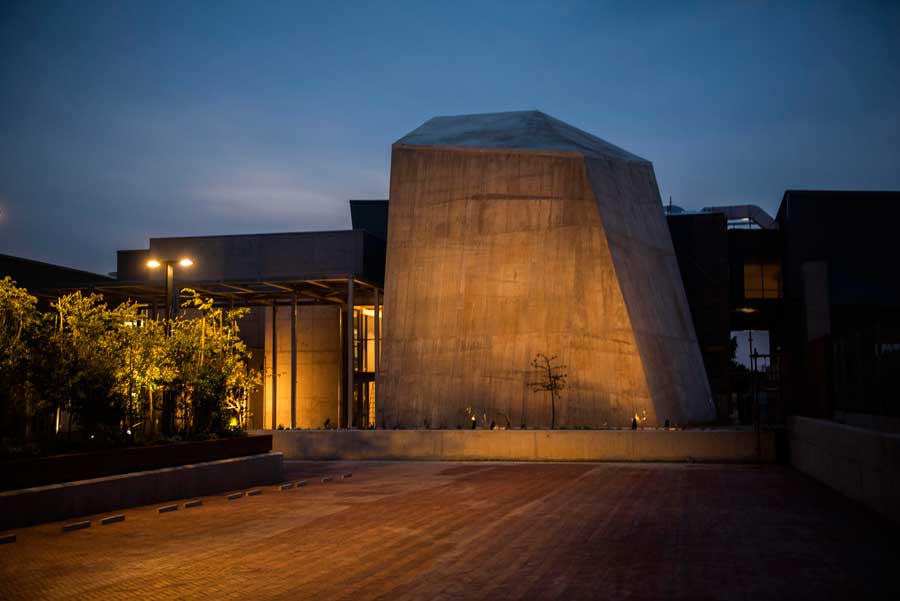
ET: Javett-UP Art Centre has long been active on digital platforms long before the current situation, which has been precipitated by Covid-19. How has that kind of background and infrastructure helped the museum to seamlessly adapt to the new situation that calls for the use of technology to continue doing business?
CT: From the outset we were resolute that this art centre would be for everybody. Accessibility is a critical distinguishing trait of the Javett-UP. This art centre is home to the art of Africa, and like all African homes, its hospitality is warm and welcoming. To be accessible means we need to engage as many people as possible. So digital and social media has always been a very important part of our engagement and communication.
In the context of lockdown, it was great that we had already established a loyal and supportive audience on the social networking platforms. It is good too, that we enjoy an excellent relationship with publications such as CityLife arts and other fine news and lifestyle media titles. So making the lockdown transition was relatively seamless. Our ‘virtual’ gallery tour (where we focus each day on a different work from the 101 Collecting Conversations: Signature Works of a Century exhibition) is a hit on Facebook, Twitter and Instagram. Every day we put the spotlight on a different work on each of these platforms, giving people the back story to the work and a bit on information about the artist. We have also continued our public events (using the Zoom platform). We urge everybody who is interested, to come to our website (www.javettup.art) for information on how to join the public events. We look forward to seeing you there.
ET: The advent of the coronavirus has come with its challenges of how businesses are run? How has this affected Javett-UP?
CT: Javett-UP has been impacted as much as many other businesses. This new set of circumstances has brought about fresh and different way of thinking and doing and we are proud of how our art centre and its people have adapted to the new normal. This being said, however, Javett-UP needs to be experienced in person to be enjoyed optimally. This is our service and offering to people: to come into the gallery and experience these beautiful and thought-provoking works in person. While we are able, like thousands of other galleries around the world, to offer virtual tours, these will always take second place to a personal visit to the gallery. We look forward to being permitted to reopen so that people may once again be able to come and experience the works as the artists intended them to be experienced: in person.
ET: Without the advantage of hosting special events such as exhibition openings whereby art patrons and the public are invited and are able to view art as well as interacting with the artists and the curators, how does the Javett-UP make sure that during the lockdown and social distancing, the museum is still able to engage and interact with its clients in particular and art collectors in general and the general public interested in the programmes at the centre?
CT: It’s not always easy, to tell the truth. But we have excellent networks and the digital engagement platforms enable us to keep in good touch with the wider art world, with curators and especially with the South African, African and global public. We use all of the tools at our disposal. Our monthly newsletters have been going out as normal and there has been much to report in those. In the relatively short while that the Javett-UP has been operational, we have built up a group of friends and supporters who we value highly. We have stayed in contact with many of them through the lockdown, and their support means much to us. As concerns the public: Javett-UP has been offering people a virtual artwork by artwork tour through the gallery on our social media platforms. These have proved to be enormously popular. There is nothing, however, quite like seeing an original work in a gallery. We do look forward to welcoming people back at Javett-UP as soon as lockdown allows us to open our doors again.
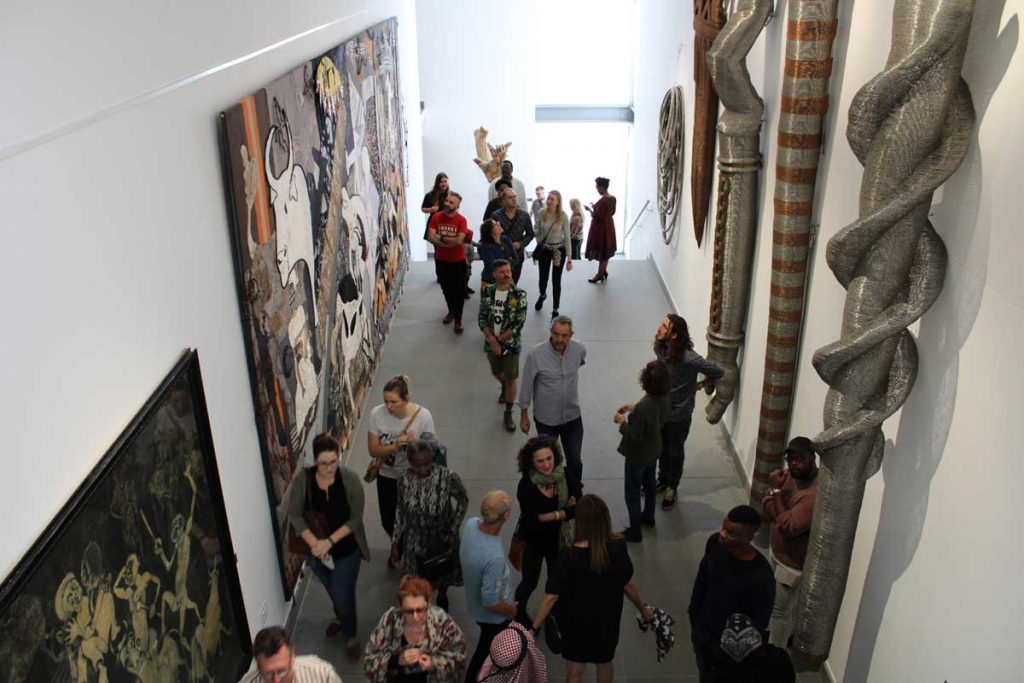
Javett-UP opened on Heritage Day last year. It reminds us that human labour is required to turn metals extracted from the earth into useful and valuable commodities
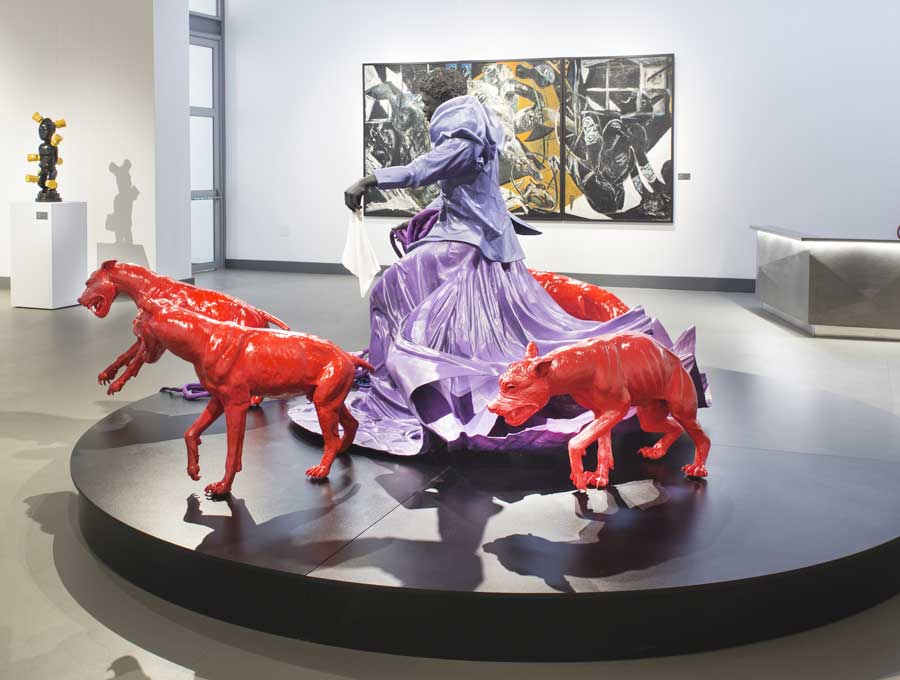
ET: What are the current projects at Javett-UP Art Centre? Any exhibitions that are on and until when?
CT: have three exhibitions running right now. Our two exhibitions, All in a Day’s Eye and the Gold of Africa exhibitions that feature, respectively, a selection of the Javett Foundation collection of modern African art and the priceless Mapungubwe Gold and the Anglo Gold Barbier-Mueller collection of West African gold. Then there’s our opening exhibition: 101 Collecting Conversations: Signature works of a Century that brings together the 100 pivotal works of the last hundred years by artists as diverse as Siopis, Kentridge, Sekoto, Sibande, Maswanganyi, Goldblatt, Preller and Pierneef. This exhibition is in the process of being extend until February 2021. We hope we will be able to reopen soon to give people the opportunity to view this exhibition. It’s most likely the only time ever that all these works will be exhibited together in this way.
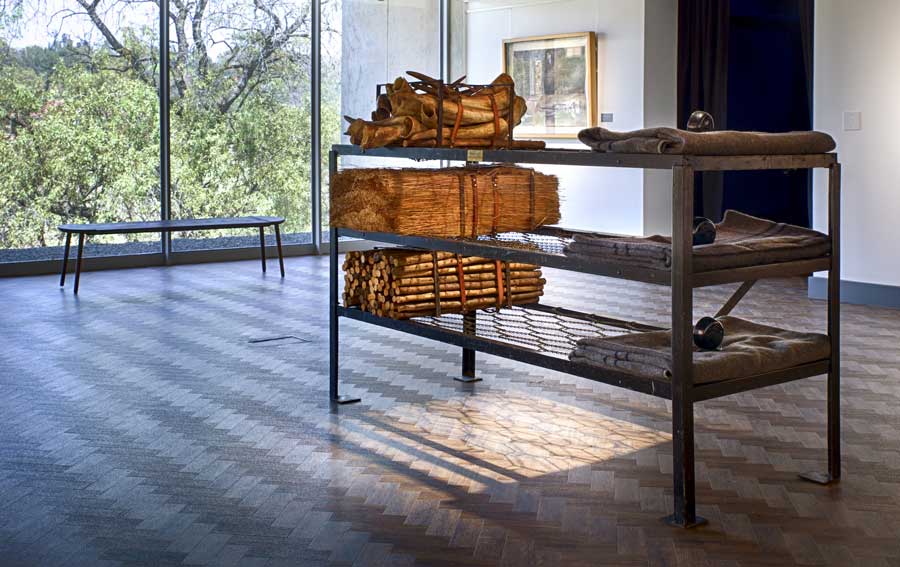
Facebook The Javett Art Centre at UP
Twitter @JavettUP
Instagram @Javett-UP










